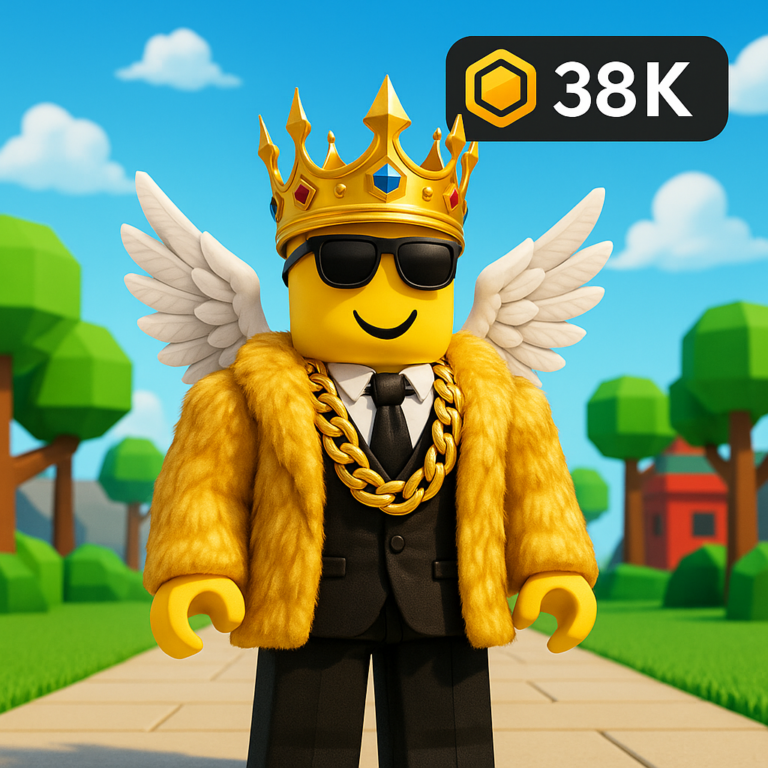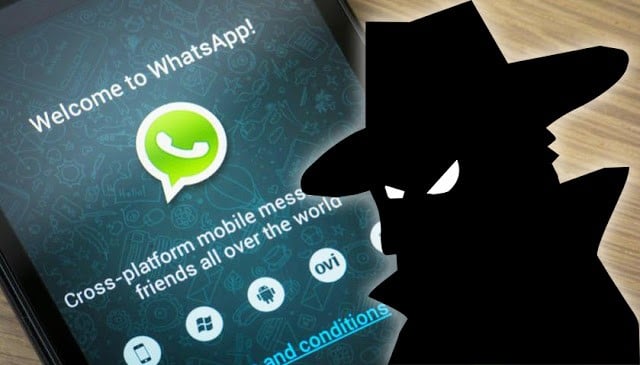Find out what a persona is, what are the differences and how to practically build yours and increase sales through digital marketing.
If you are new to digital marketing, you have probably asked you: Do you have a definite person? What is your target audience?
But today, we will clarify your doubts about what a persona in digital marketing is and how it can become the basis for the success of your online business.
1. What is a persona?
It is important that you keep in mind that a persona is no more than a fictional representation of the ideal customer of a company.
Let's say your niche is to sell shoes and your sub-niche is to sell to women who wear over 37 years.
Note that persona can be defined in this way:
- A 22 -year -old woman
- Single/Couple
- Live in a metropolitan area
- Monthly minimum yield of 1 salary
- Difficulty finding shoes of this size.
With this information in hand, it is easier to avoid spam when using email marketing, direct ads to people genuinely interested in your product, save money, leverage organic traffic, and increase your list of qualified leads.
If you still have questions about how to define a persona in digital marketing, see the topic below:
2. How do I know the ideal person for my business?
First of all, know that people can vary from company to company and product to product, so don't copy from anyone, but do the job of choosing and define your person accurately so that you have the opportunity to get qualified and possibly clues close some sales.
You should first analyze your product/business and then find out what your difference is about the competition.
Create a list of “people” that would be interested in the business, and then use an email marketing strategy to reach this list. Digital presence is also important.
A well-planned person in digital marketing becomes a powerful weapon to make money. Below will find some of the many benefits of a definite persona
3. Advantages of creating a persona
- Qualified customers
- Increased number of closed sales
- Better exploitation of customer interests
- Adaptation of language to people with the selected profile
Bonuses for you that has come here:
Therefore, see the difference between a person and a target audience, an issue that bothers many people, but today we will illuminate your mind as we help you understand all differences.
Persona: The type of specific “person” of your company
Target audience: the type of “set” of people who qualify for your business
Why create a personality?
Personas creation is an essential step in a digital marketing strategy to conduct results: we create personas to send the right message to the right people, and thus increase the hypotheses of success.
Without a definite person, in some cases your strategy may be lost and can be speaking Portuguese to those who only understand Greek. Or promote beef cuts to vegetarians. Or offer a product designed for class A to class C. There are many examples!
We have listed some reasons that prove the importance of creating personas for your business:
- Determine the type of content you need to achieve your goals;
- Set the tone and style of your content;
- Help conceive marketing strategies by introducing the public to which they should go;
- Set the topics you should write on;
- Understand where potential users are looking for your information and how you want to consume it.
Questions that help define a person
Once you understand what a person is, what are your benefits to your business, and collecting some preliminary information, you will have to orient yourself by the profile of your typical client.
That said, this process should be guided by most of your customer base to answer some questions that will help define your persona's behavioral profile:
Who is your potential customer? (physical and psychological characteristics of the person responsible for the purchase)
What topics are interested in your industry?
What are the most common activities he/she performs (personally and professionally)?
What is your level of education? What are your challenges and obstacles?
What kind of information do you consume and what vehicles?
What are your goals, difficulties and challenges?
If B2B products, what type of company do you buy your solution? And what is the role of the buyer?
Who influences your decisions?
Creating a persona or multiple personas can be a difficult and not very effective task at first. However, if you know the right questions to ask, this step is easier than you think. Then simply use this information productively so that each action and decision making is directed to this profile.
In short: You have to keep in mind what the person responsible for buying your product or service is looking for your business. Think of topics that may interest them, such as issues related to their industry they find daily.
Once this process is completed, it will have a good amount of gross data on potential consumers.
How to conduct interviews to create personas?
If you have the opportunity, the best way to define your personality is through customer interviews. Thus, it is avoided “divinations” about the company's internal perception.
Select people, prepare a script for conducting the interviews, and think through your ideal approach.
Selection of people:
- Be aware of those who are more active in your social networks, especially those who interact most often;
- If you analyze the person's profile and positions, you will already have some data and knowledge;
- Look at your customer database and select those who check in with you more often or who consume more of your products;
- If your product or service is new, ask for information to people who can fit the profile of your potential customer.
- Build a scenario of questions:
- Think of basic data issues to create the personas above;
- Think of a format of conversation that is fluid and not only consists of questions;
- Leave room for the respondent to comment on other topics as they can bring interesting information;
- Be prepared for opportunities to gain knowledge and opportunities to discover key point for building different profiles.
- Approach:
- Write a private message with a personal profile and present yourself;
- Discuss the purpose of contact and propose a conversation to learn more about your buying habits;
- If possible, offer a prerogative at the end as a form of thanks;
- Contact can be long distance or in person, as it is important to obtain the information you consider to be important.




